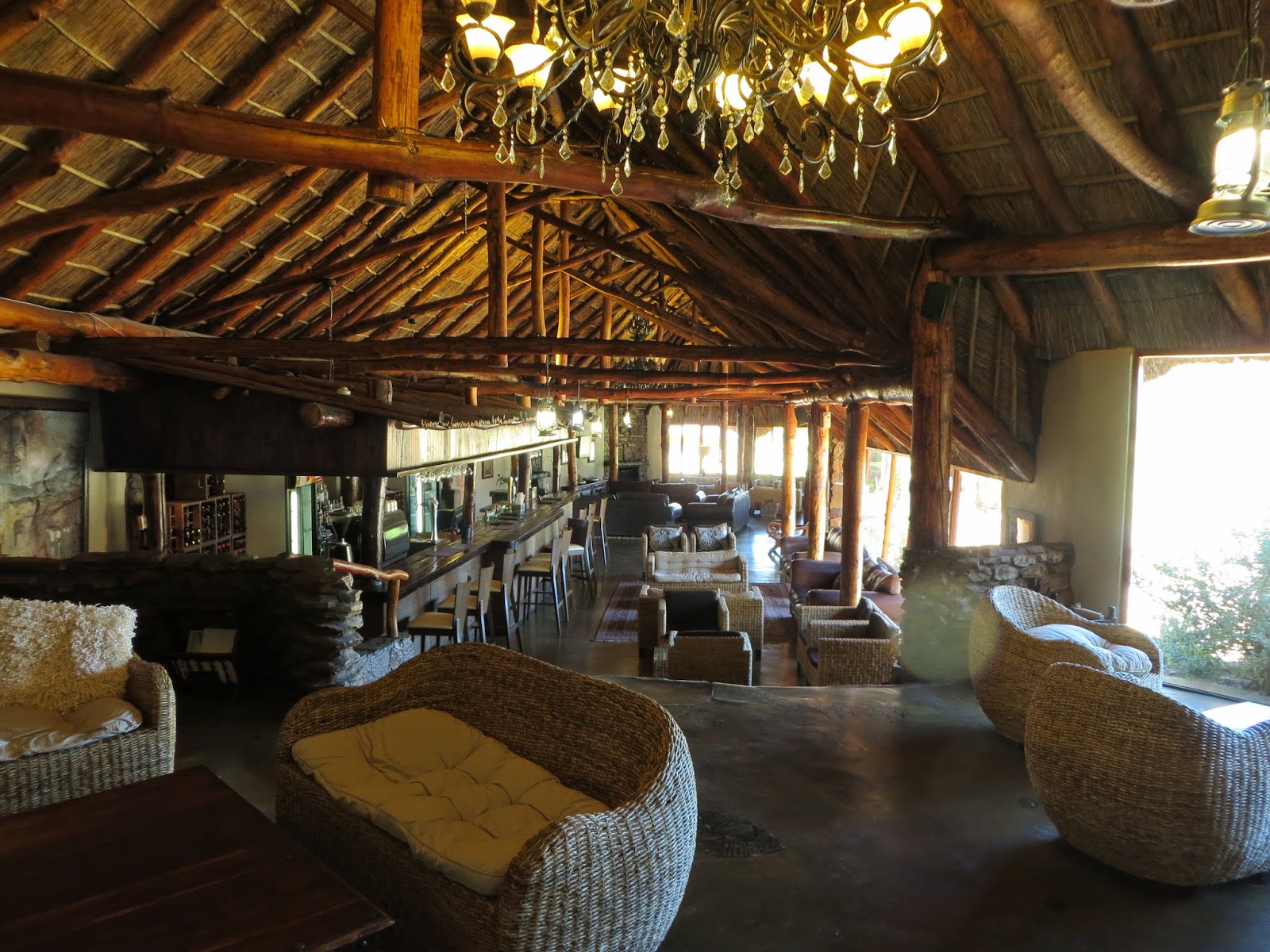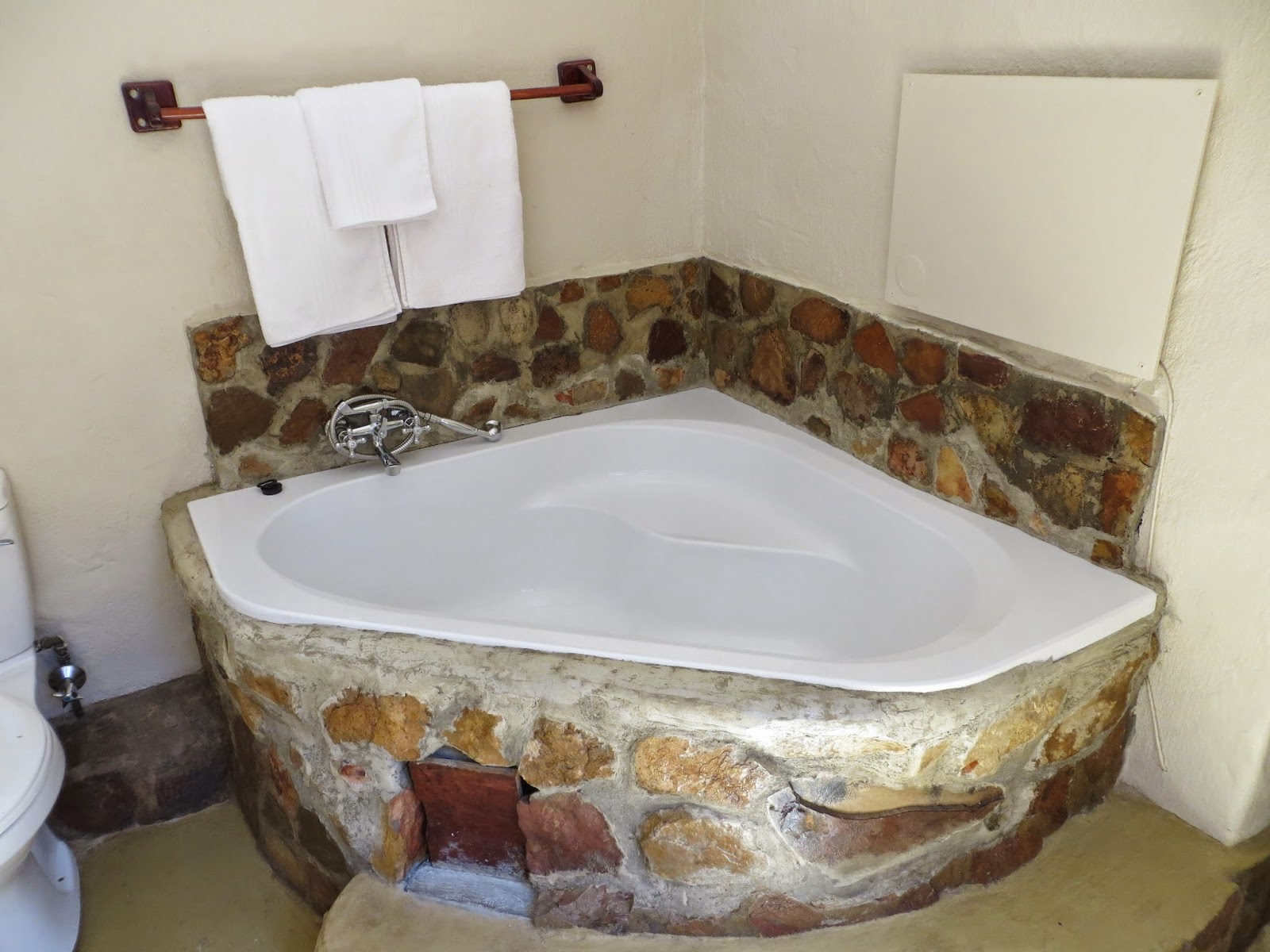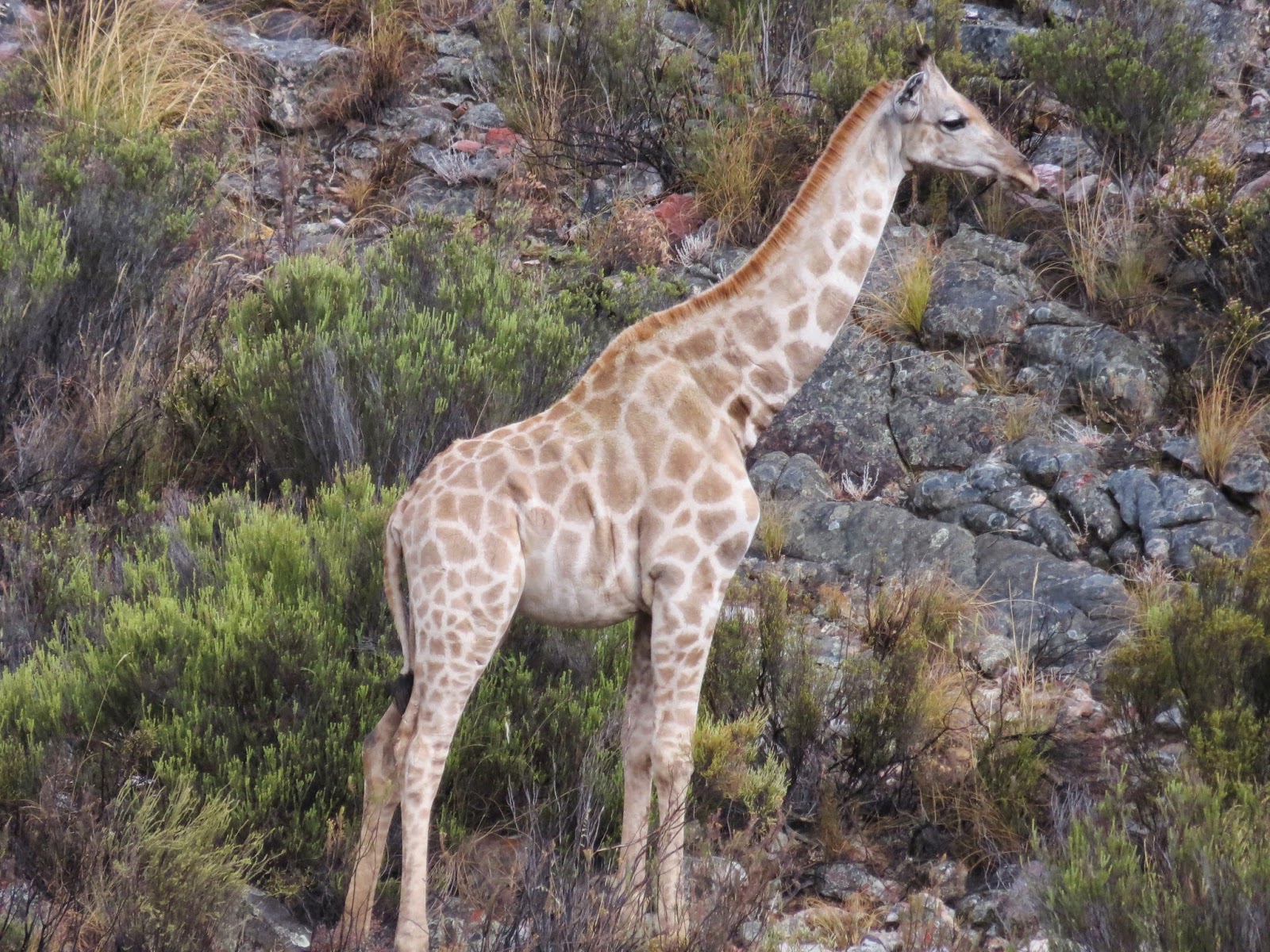I took a tour to Robben Island where Nelson Mandela spent 18 of the 27 years he was imprisoned as a political prisoner. It is a must see when you're in Cape Town and it is a very popular tour. I had to purchase my ticket several days in advance. One of the really interesting things about the museum is that the tour guides are all either former political prisoners or former guards. They, the individuals, seem to have been able to reconcile and move past their shared histories; however, I believe it would be an overstatement to say the South Africa has done so.
They're moving in the right direction but they have a ways to go. There is a shocking disparity of wealth here still and, while you see blacks that seem to have moved into the middle class, the vast majority are still very poor and living in shanty towns, called Townships. Many of the townships are not really official towns so the government doesn't put any infrastructure in place. They are crowded, hungry and dangerous places. Oddly, one can take organized township tours. The one that I am specifically aware of is ran by a resident of the township and all of the proceeds stay in the township, which are both good things; however, I can't wrap my head around taking a tour of the site of people's misery, as if it were some kind of zoo, so I have not toured one. We were clearly warned not to go into one without a tour as we would not be safe. Crime is pretty high here and tourists are prime targets if they are in the wrong place after dark. Of course, crime and extreme poverty seem to go hand in hand, especially in a big city. I must admit, I look around here, and I'm afraid I see the future of America if our politicians are allowed to keep helping the rich and ignoring the working people. It's a scary prospect if you're one of the "have nots". It's not so scary for the "haves" they seem to be doing very well here. I've never seen more BMW's, Audi's and Porches. (End of political statement)
 |
| So, back to Robben Island. |
The island is 11 Kilometers from Cape Town. We had a nice boat ride out but then, we were going for a tour of an historic place, not going to prison for an unknown amount of time. We saw seals and penguins on the way. The water is cold, actually colder in summer than in winter because the south-easterly winds push the warmer surface water into the Atlantic and bring colder water up from the Southern Ocean. This makes for chilly temperatures on the boat ride and on the island itself.
 |
| The island is low and windswept. It has been used for defensive installations during WW2 and has a limestone quarry where the prisoners did their hard labour. |
 |
| It was hard to get a good picture of the prison's outer wall because it's spread over a large area and not very tall. This is one of the guard towers, where the tour exits the prison. |
 |
| The prison wall, with razor wire, left of the tower in the picture above. |
The prison had dorm type rooms that held groups of prisoners, similar to an older army barracks, and it had small cells where individual prisoners were also kept. Our tour guide was a former political prisoner named Sparks. He was imprisoned there for 7 years and spent most of his time in one of these group bays. They had one small bathroom for 40 prisoners. They all showed us a sample of the prisoner's diet, which was segregated. Black political prisoners were given less food than whites and food of lesser quality. Breaking almost any rule resulted in solitary confinement, which also meant less food, and or beatings. The individual cells didn't have toilets so the prisoners were given pails to use, which they emptied every morning before they eat the first of their two meals for the day. If a prisoner forgot to take his pail back to his cell he was given solitary confinement for 24 hours. The prison didn't get window glass in the cell's windows until some time in the late 1980's.
 |
| So here is the prison cell where Mandela spent 18 years of his life, for opposing apartheid. The cell was 3 meters by 4 meters. He slept on a woolen mat on the floor and was given 3 blankets. If he wanted a pillow or sheet, he had to trade a blanket for each. Unfortunately it is impossible to get a picture but it seemed pretty grim. |
It was a sad and moving experience to see the prison. It is a powerful example of what governments are capable of when they only represent a small portion of the people. It stands in stark contrast to the incredibly beauty of South Africa and the first world opulence of Cape Town and hopefully stands as a reminder to Cape Townians of how much more needs to be done.






























































